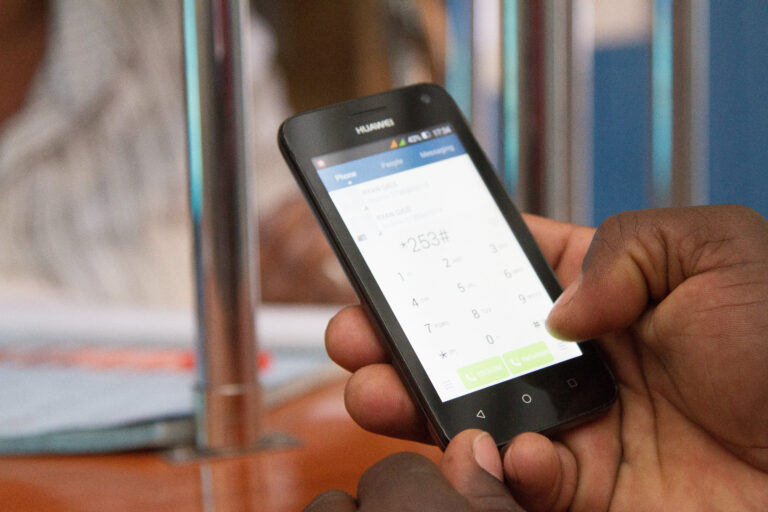Global spending on water access may have to triple before the world can achieve Sustainable Development Goal Six, ensuring access to safe water and sanitation. The annual spending shortfall is between (USD) $131.4 billion and (USD) $140.8 billion, according to the World Bank. The bulk of the shortfall is found in sub-Saharan Africa and South Asia. Only 2 percent of the money spent on water access comes from the private sector, the World Bank reports, and that presents a wide target for improvement.
The financing gap calls for innovative financing mechanisms, including Public-Private Partnerships, micro-finance, green bonds, and technology.
Kenya’s water access exemplifies the challenge and its potential solutions. Access to water in Kenya was 62 percent in 2022, the latest statistic from the Water Services Regulatory Board in Kenya. Lack of adequate infrastructure financing is cited as a major contributor to low access rates.
Read More: How Public-Private Partnerships Can Ensure Ethical, Sustainable and Inclusive AI Development
The Ministry of Water, Sanitation, and Irrigation notes that the achievement of SDG6 required a total of (USD) $10.64 billion against an available $4.43 billion–a shortfall of $6.21 billion. As with other countries, Kenya has little choice but to explore different financing modalities to ensure universal access to water.
Financing through Public Private Partnerships (PPPs) accounts for up to 31 percent of Kenya’s total resource requirement, coming only second to concessional financing at 40 percent. The huge proposed uptake of PPP financing in Kenya doesn’t come as a surprise, as the country’s water sector continues to lag repaying its high debt obligations.
“PPPs can bridge Kenya’s water financing gap, but only if structured to prioritize public interest and affordability. Water is a human right; PPPs must balance financial sustainability with affordability for low-income communities,” Dr. Christine Mawia, Deputy Director of Finance and Accounts at Athi Water Works Development Agency, said recently at the Water and Sanitation International Conference 2025 in Mombasa.
PPPs have been lauded for their ability to bridge the financing gap. They can increase investment in the water sector, and improve efficiency as well. They do face challenges, however. PPPs lack transparency and accountability, as many decisions related to the financing are removed from public scrutiny.
“PPPs aren’t a magic bullet; poor governance and lack of accountability can derail even the best plans. Thus, in order to build sustainable water solutions, there is a need for more than money; it needs inclusive and well-planned PPP frameworks. Private sector expertise can boost water access, but monopolies and high tariffs risk excluding the poor,” Dr. Mawia said.
In Asia and the Pacific region, the infrastructure financing gap stands at US$22.55 trillion to cover the investment requirement for up to the year 2030. The water infrastructure investment requirement for Central Asia alone was US$492 billion. However, due to the assessed risks associated with PPP financing in Asia, ranging from transboundary challenges, political acceptability because of the investment timeframe, and possible change of water pricing, it was established that water infrastructure in Asia can’t be funded fully by the private sector. This calls for the refinement of PPP engagements to eliminate fiscal sustainability risks associated with normal PPP arrangements in Asia.
The use of PPPs in China’s water and sanitation sector has been a great success, accounting for 40 percent of global PPP investment in the sector. This success resulted from efforts by both the private and government sectors.
While PPPs in water financing have been on the rise in the 21st Century, most such investments in low- and middle-income countries have since reverted to the public sector. Of interest is that approximately one-third of the PPP-financed projects are found in emerging economies.
Broadly speaking, PPPs present a promising solution, but they are no silver bullet. Their success depends on transparent governance, public accountability, and inclusive planning. For low- and middle-income countries, PPPs must be part of a larger toolkit—one that includes concessional financing, stronger institutions, and local innovation.
About the Author
Mercy C. Wanjiku Nduati is the Engineering for Change Editorial Fellow for 2025. She also works on the editorial staff of the Vennomax Media Network that publishes the Industrial Journal magazine. And she has written for the magazine Kenya Engineer, published by the Institution of Engineers in Kenya. She holds a bachelor’s degree in communication and media from Egerton University.

